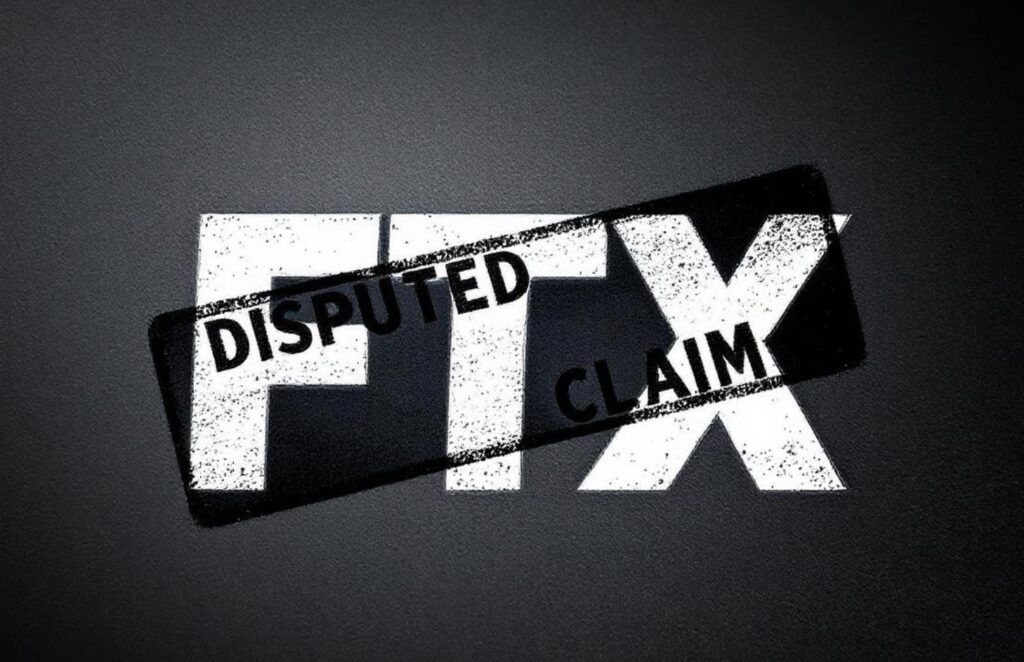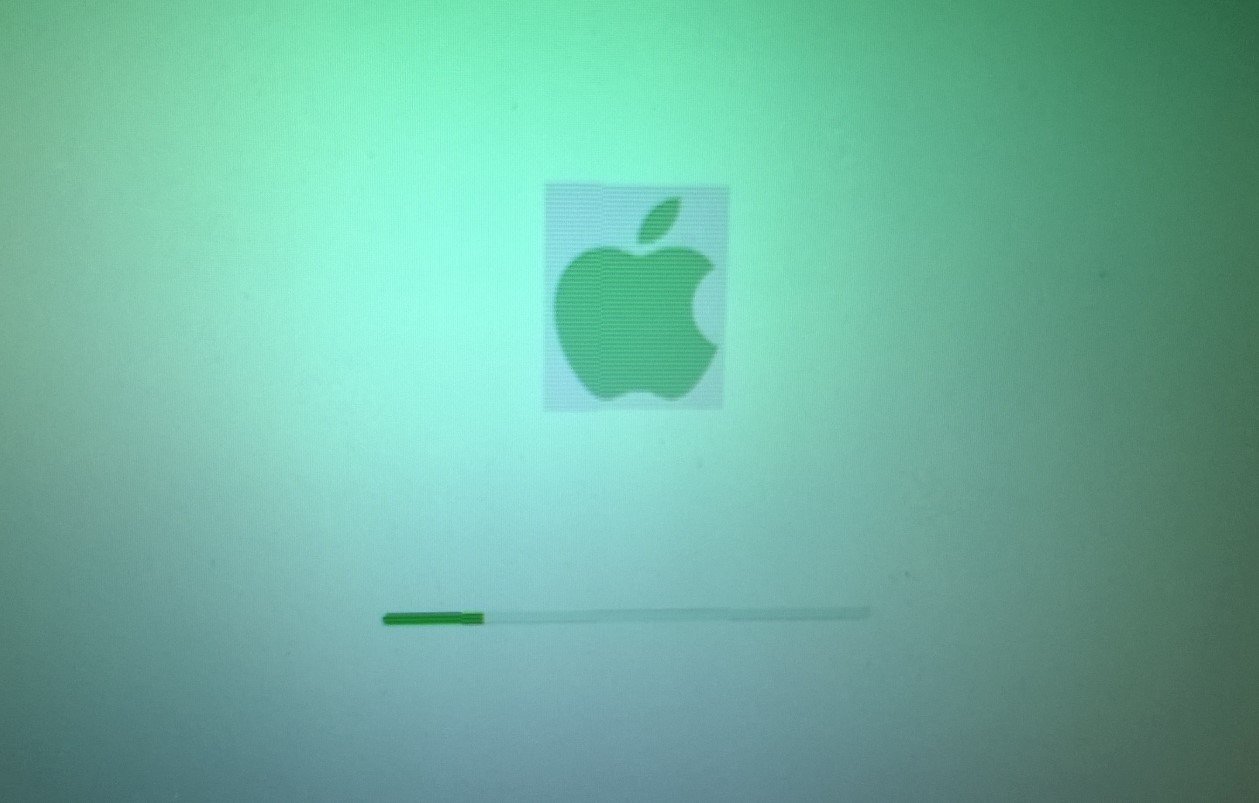Crypto
What You Need to Know About Disputed Claims in FTX Bankruptcy and Their Potential to Be Allowed
When a company undergoes bankruptcy, the process of addressing claims from creditors can be complicated, especially when those claims are disputed. This is exactly what’s happening with the FTX bankruptcy case, where billions of dollars are at stake and creditors must wait to find out whether their claims will be approved. Disputed claims in the FTX case are being carefully reviewed, with some expected to eventually be allowed, but the process is ongoing. So, what does this mean for people waiting on claims in the FTX case? Let’s break it down.
What Are Disputed Claims?
Before diving into the timeline for when disputed claims might be allowed, it’s important to understand what disputed claims are. In bankruptcy cases like FTX’s, creditors who believe they are owed money file claims against the company. These claims might be disputed if the company (or its representatives) believes they are invalid or if there are discrepancies about the amount being claimed.
A disputed claim essentially means that there is a disagreement about the legitimacy or amount of the claim, and the company isn’t yet ready to accept it as valid. In the case of FTX, many of these claims are related to customers, investors, and employees, all hoping for some form of recovery.
How Are Disputed Claims Handled?
The handling of disputed claims in bankruptcy cases involves a multi-step process designed to ensure that each claim is carefully evaluated. In the case of FTX, the FTX Recovery Trust has been working to reconcile these claims by reviewing supporting documents and evaluating the validity of each claim. Here’s what that looks like:
- Reviewing the Books and Records: The FTX Recovery Trust is examining the company’s books and records to see whether the claims match up with the actual amounts owed. This can be a meticulous process, as discrepancies often arise in complex cases like this one.
- Gathering Documentation: Creditors are required to provide supporting documentation for their claims. If there is missing information or the documentation is deemed insufficient, the claim might be disputed until the required evidence is provided.
- Legal Review: Legal experts analyze each claim based on applicable law. If the claim is found to be legally unfounded or contradictory to bankruptcy laws, it could be rejected.
- Negotiation and Settlement: In some cases, disputes over claims are resolved through negotiation. The FTX Recovery Trust might offer to settle a claim for less than the original amount, especially if there are concerns about the claim’s validity.
This reconciliation process is extensive, and it’s important to note that it’s still ongoing. The FTX Recovery Trust has already made significant progress, having reconciled $8.3 billion worth of claims.

Why Are Claims Taking So Long to Be Allowed?
The process of resolving disputed claims is not quick, and there are several reasons why it’s taking so long for claims to be allowed or denied.
- Volume of Claims: The bankruptcy case has attracted thousands of creditors. FTX received over 36,400 claims, with a total value of more than $27 quintillion. Sorting through such a vast amount of claims naturally takes time.
- Legal Complexity: Many claims are tied to complex financial transactions, which require thorough legal analysis. For example, some claims involve cryptocurrency, a financial asset that is not always straightforward in bankruptcy proceedings.
- Ongoing Reconciliation: As noted, $1.85 billion in claims have been allowed so far, but the Trust’s efforts continue to reconcile the remaining disputed claims. This involves significant back-and-forth between creditors and the Trust.
- Settlements and Objections: Another layer of complexity comes from the fact that FTX has filed 186 omnibus claims objections in which they have objected to various claims. This further extends the timeline for resolving disputes.
What Happens When Disputed Claims Are Allowed?
When a disputed claim is allowed, it means that the creditor has provided enough documentation, met the legal requirements, and successfully convinced the FTX Recovery Trust (or the court) that they are entitled to a certain amount of funds.
Disbursement Process
Once a claim is allowed, creditors can expect to receive a payout, but that payout is subject to the overall distribution plan that the FTX Recovery Trust has set up. Since this is a bankruptcy case, the distribution of funds might not cover the full amount of the claim. However, creditors will get a portion of the recovery, depending on the total funds available for distribution.
Future Claimants
Disputed claims still under review will have recourse to the Disputed Claims Reserve. This reserve is a financial buffer created by the FTX Recovery Trust to account for the possibility that some of these disputed claims will eventually be approved. The current reserve is set at $4.599 billion, and any additional claims that are allowed will tap into this reserve to ensure claimants are paid.
When Will Disputed Claims Be Allowed?
If you’re wondering when your disputed claim might be allowed, there isn’t an exact date. However, there are some key factors to consider:
- Ongoing Reconciliation: The Trust is still reconciling claims, and many claims have been resolved through settlement or expungement. In fact, over $1.79 billion in disputed claims have already been reduced or resolved.
- Court Deadlines and Milestones: There are specific milestones set by the court. For example, there are ongoing KYC (Know Your Customer) verification deadlines that have already led to the reduction or removal of claims. These deadlines may push some claims forward or back in terms of resolution.
- Contingency Reserve: The Trust is holding a $350 million contingency reserve to address unforeseen claims or those that are difficult to quantify. This shows that there is still room for claims to be resolved in the future, even if they haven’t been processed yet.
- Final Distribution: The final resolution of all claims, including disputed ones, will likely happen after the bankruptcy court issues its final order. This could take months, but creditors can expect a clearer timeline once the reconciliation process reaches its final stages.
FAQs About Disputed Claims in FTX Bankruptcy
1. What is the Disputed Claims Reserve in the FTX bankruptcy?
The Disputed Claims Reserve is a financial reserve set aside by the FTX Recovery Trust to address claims that are still under dispute. Currently, the reserve is set at $4.599 billion, but this amount could change as more claims are resolved.
2. How do I know if my claim is disputed?
If you filed a claim in the FTX bankruptcy and you haven’t received confirmation of it being allowed, it’s likely disputed. You can check the status of your claim through the FTX Recovery Trust’s claims portal.
3. How long will it take for disputed claims to be resolved?
It’s difficult to pinpoint exactly when disputed claims will be resolved. However, as of now, the FTX Recovery Trust has already reconciled $8.3 billion in claims, and more claims are being processed regularly.
4. Can I challenge the rejection of my claim?
Yes, if your claim is disputed or rejected, you can file an objection and present additional evidence to support your claim. This will be reviewed by the FTX Recovery Trust or the court.
5. What happens if my claim is allowed?
If your claim is allowed, you will receive a portion of the bankruptcy recovery based on the distribution plan. This amount may be less than the original claim, depending on the total funds available.
6. Can I still negotiate my disputed claim?
Yes, claims can sometimes be resolved through negotiation, where the FTX Recovery Trust and the creditor come to an agreement on a settlement amount. If successful, this can lead to the claim being allowed.
7. What is the contingency reserve for?
The contingency reserve is set aside by the FTX Recovery Trust to cover unliquidated or partially disputed claims. It provides additional protection to claimants whose claims are still under review.
8. How can I stay updated on my claim status?
You can regularly check the status of your claim through the FTX claims portal or consult with a lawyer involved in the bankruptcy case for updates.
Conclusion
The process of handling disputed claims in the FTX bankruptcy is complex and ongoing. While many claims have already been resolved, others are still under review. If you’re waiting on a claim, the best thing you can do is stay informed, be patient, and follow the official updates from the FTX Recovery Trust. Feel free to share this article and leave your thoughts or questions below!














